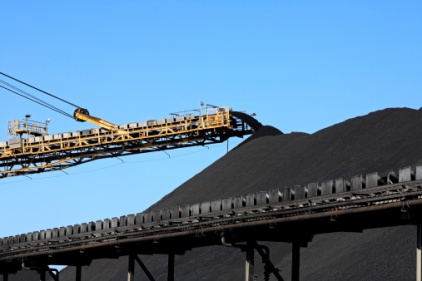Enhanced enforcement is working, says MSHA chief

 Despite a number of challenges confronting the mining industry over the past two and a half years, including the worst coal mine disaster in four decades, the actions being taken by the Mine Safety and Health Administration (MSHA) and many in the industry are moving mine safety and health in the right direction, according to MSHA head Joseph A. Main, who spoke recently at Pennsylvania State University's Miner Training Program.
Despite a number of challenges confronting the mining industry over the past two and a half years, including the worst coal mine disaster in four decades, the actions being taken by the Mine Safety and Health Administration (MSHA) and many in the industry are moving mine safety and health in the right direction, according to MSHA head Joseph A. Main, who spoke recently at Pennsylvania State University's Miner Training Program.
"Following the April 2010 explosion of the Upper Big Branch Mine, one of my most significant challenges was keeping MSHA focused on our overall mission and agenda to advance mine safety," said Main. "That tragedy clearly identified that more needed to be done to provide miners with a voice in the workplace, and that MSHA needed to more aggressively use its tools under the Mine Act to enforce the law. We began taking actions immediately after the disaster, and we are still continuing to implement a number of initiatives to make mines safer."
As a result of an internal review into actions leading up to and immediately following the UBB explosion, the agency has reviewed its policy directive system and overhauled its coal mine inspectors' handbook to make it clear and concise. MSHA also is increasing staff training and addressing shortcomings repeatedly identified in several past agency internal reviews.
The enhanced enforcement strategies MSHA is implementing are working, according to Main, who noted that overall compliance is improving at mines investigated under the impact inspection program, which targets mines with chronic compliance issues. Violations per inspection hour are down 13 percent after mines received an initial impact inspection. The significant and substantial, or S&S, violation rate is down 21 percent and 104(d) withdrawal orders are down 43 percent. The total lost-time injury rate at these mines is down 13 percent.
"Unfortunately, there are some mine operators that still haven't gotten the message," Mains noted.
The agency's pattern of violations initiative is netting positive results, with total violation rates down 25 percent and the lost-time injury rate down 43 percent.
Compliance data also show that improvements are occurring in the mining industry as a whole. In 2011, MSHA inspected about 14,170 mines and issued 157,678 citations and orders. This is down from 2010, when MSHA issued 171,018 citations and orders. In 2011, MSHA issued 49,582 S&S and 2,920 unwarrantable failure citations and orders, down from 56,502 S&S and 3,370 unwarrantable issued in 2010, a decrease of about 9 percent.
Looking for a reprint of this article?
From high-res PDFs to custom plaques, order your copy today!






